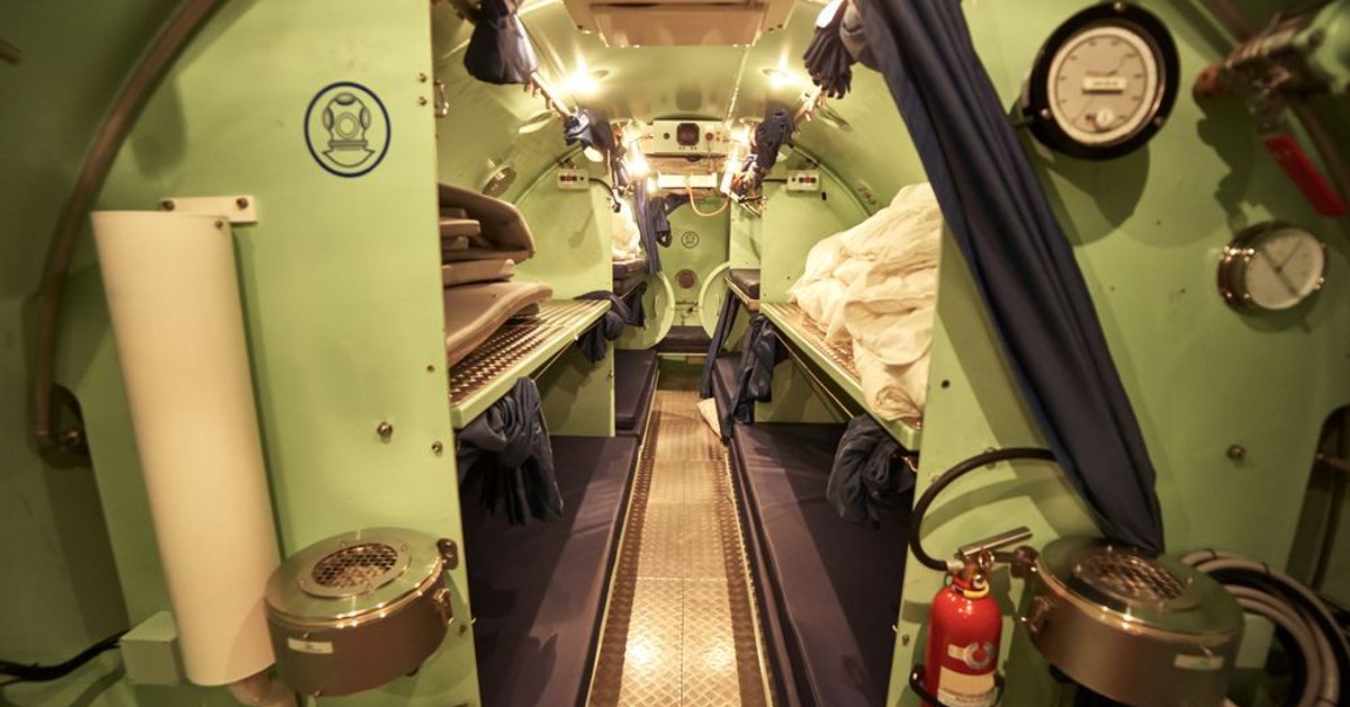Disclaimer: The content discusses a distressing event. Reader discretion is advised. Individuals with sensitivity to such topics or pre-existing mental health concerns should refrain from reading. Readers assume full responsibility for their actions and their consequences.
In November 1983, the serene depths of the North Sea witnessed an unprecedented catastrophe aboard the Byford Dolphin, a semi-submersible oil rig. What commenced as a routine saturation diving operation soon spiraled into one of the most harrowing incidents in the annals of deep-sea exploration.
Byford Dolphin Autopsy Report
Following the calamitous events aboard the Byford Dolphin, forensic examinations shed light on the grim fate that befell its crew. The autopsy reports revealed haunting details of the tragic demise of the divers who perished in the unfathomable depths.

The four saturation divers trapped within the pressurized chambers faced a fate fraught with unimaginable horror. Edwin Arthur Coward, Roy P. Lucas, and Bjørn Giaever Bergersen were swiftly claimed by the insidious effects of rapid decompression, their bodies ravaged by the eruption of nitrogen bubbles within.
However, the most gruesome fate awaited Truls Hellevik, the fourth diver. As the pressurized confines of the chamber were breached, Hellevik found himself ensnared in a nightmarish vortex of violence. His body, subjected to unimaginable forces, was grotesquely expelled through a minuscule aperture, leaving a macabre tableau of devastation in its wake.
The Byford Dolphin Tragedy
The catastrophic incident that befell the Byford Dolphin remains shrouded in ambiguity. The precise catalyst for the explosive decompression that precipitated the disaster eludes definitive elucidation. Whether attributable to mechanical failure, systemic deficiencies, or human error, the repercussions were undeniably calamitous.

The fatal chain of events was set in motion by the failure of the mechanism securing the diving bell to the living quarters, unleashing a cataclysmic wave of destruction. The ensuing explosive decompression propelled the hulking mass of the diving bell with lethal velocity, exacting a grievous toll on the hapless crew members.
Legacy of Tragedy: Transforming Safety Standards in Saturation Diving
The indelible imprint of the Byford Dolphin disaster reverberated across the maritime domain, prompting a paradigm shift in the realm of saturation diving safety protocols. The calamity catalyzed a comprehensive reassessment of operational standards, precipitating a wave of reforms aimed at fortifying the resilience of deep-sea explorers against the capricious whims of fate.
In the aftermath of the tragedy, rigorous revisions were instituted, bolstering safety mechanisms and procedural safeguards to mitigate the inherent hazards of saturation diving. The Byford Dolphin catastrophe served as a somber reminder of the perils lurking beneath the tranquil veneer of the ocean’s depths, galvanizing concerted efforts to safeguard the lives of those who venture into its abyssal embrace.
Conclusion
The profound legacy of the Byford Dolphin tragedy endures as a solemn testament to the inherent risks and sacrifices entailed in the pursuit of maritime exploration. While the wounds inflicted by the calamity may never fully heal, its enduring legacy serves as a beacon of resilience, inspiring steadfast dedication to the pursuit of safer horizons.
As we reflect on the Byford Dolphin Autopsy Report and its poignant revelations, let us honor the memory of the fallen and rededicate ourselves to the relentless pursuit of progress in the realm of deep-sea exploration. May their sacrifice serve as a poignant reminder of the solemn imperative to prioritize safety and vigilance in all maritime endeavors.
Related:



